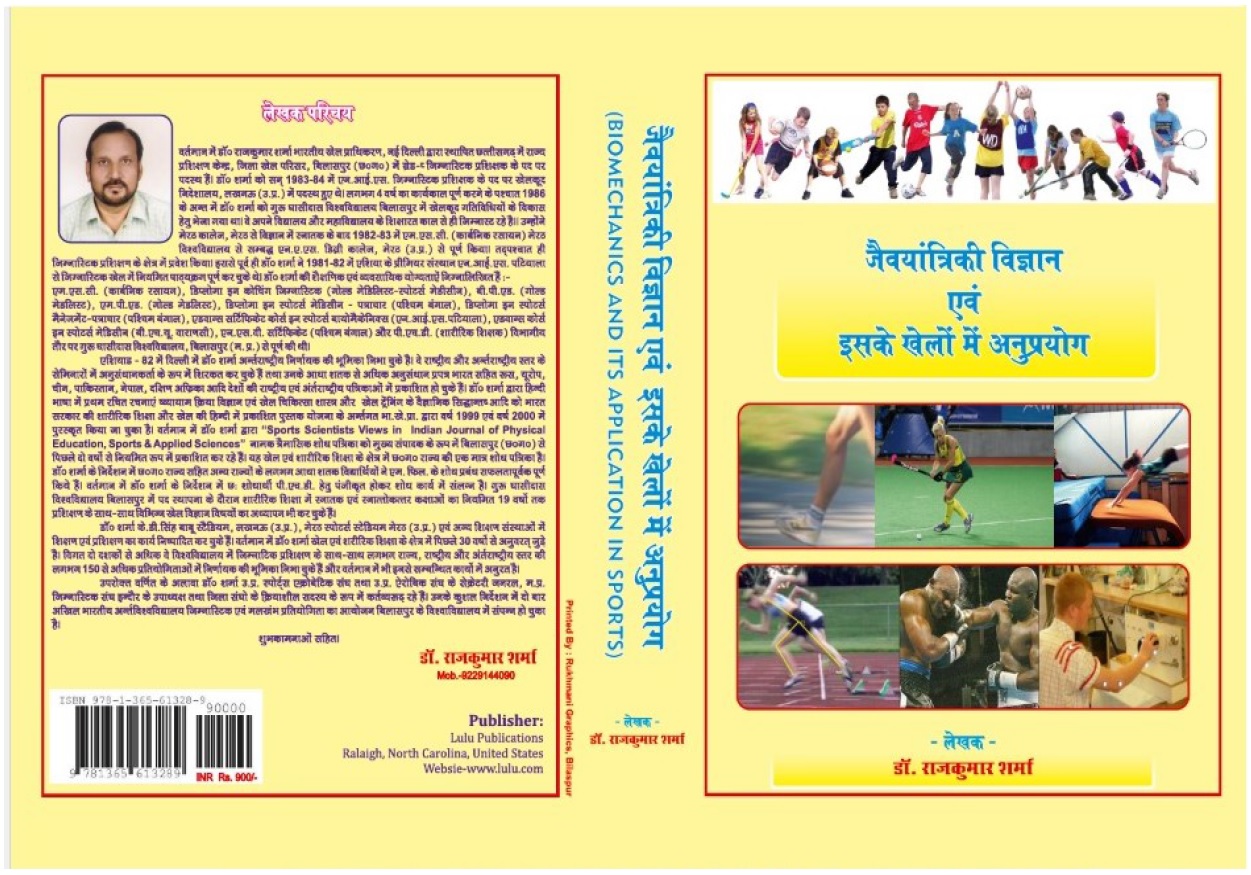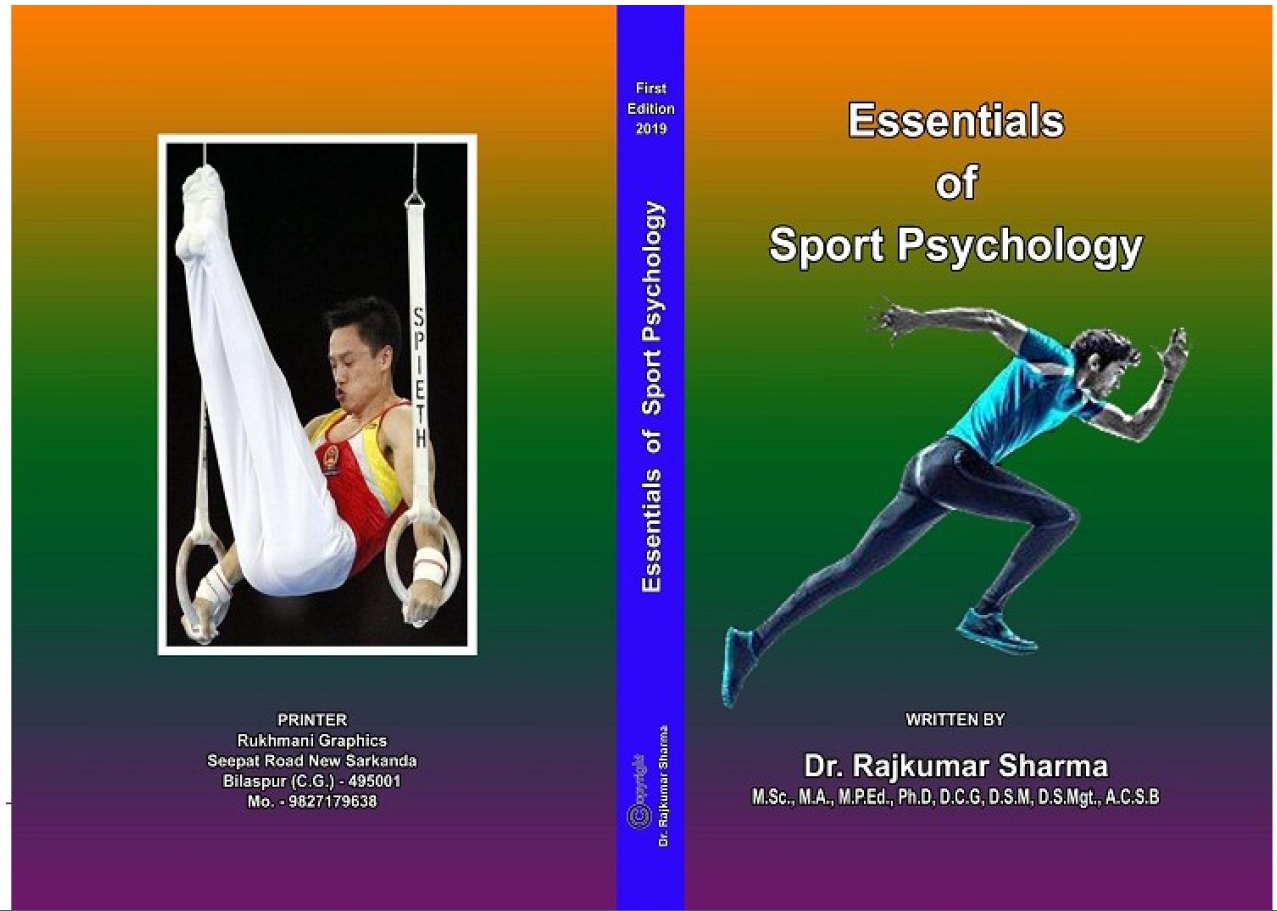| S.No. | Total View Count | Title of Manuscript | Page No | Download/ PDF |
|---|---|---|---|---|
| 1 | CASE STUDY ON CRICKET TEAM PREDICTION Author: Gaurang Bagga1 | 110-116 |  8 8 |
Article info
https://doi.org/10.17605/OSF.IO/4WUFX
doi no.: 05-2016-44975451, DOI Link :: https://doi-ds.org/doilink/06.2021-36526739/IJPESAS/V11/I2/A18
AFFILIATIONS:
- Jagan Institute of Management Studies Rohini Sector 5 Delhi-110085 India, gaurb1001@gmail.com
Cricket is a game of uncertainties. Love for the game of cricket is increasing day by day. In a country like India, it is more of an emotion. Some players are also considered as god. It’s a game that is played between 2 teams of 11 players each into 3 different formats namely Test cricket —the purest form of the game and is also the longest format in all, and it is also this sport’s biggest standard. A four innings match, which can last up to 5 days. It is generally referred as the testing of a team’s Endurance and agility. One day match -It is a form of limited over match, in which both teams have a quota of 50 avers, team which scores the greatest number of runs wins the match (used to be 60 previously)with the game ending within a day If not obstructed by any environmental issues. T20 match -Twenty20 is the shortest form of the game usually completed within 4 hours. Both teams have a quota of 20 avers to score most numbers of runs to win the match. This paper focuses on finding a solution for cricket team prediction while analyzing team’s data as per the conditions of the match that are home/away match, venues and toss decision. It relies on quantitative approach.
Key words: Cricket, prediction, Players, Match, Quantitative approach.
References
Agarwal, S., Yadav, L., and Mehta, S. (2017). Cricket Team Prediction with Hadoop: applied math Modeling Approach. 5th International Conference on Information Technology and Quantitative Management, ITQM 2017 , Procedia Computer science, 122, 525–532.
Analysis on attributes deciding cricket winning, Retrieved from https://www.scribd.com/document/357690109
Deep, C., Patvardhan, C., and Vasantha, C. (2016). Data Analytics based mostly Deep dressing Predictor for IPL-9. International Journal of laptop Applications, 152 (6), 6–11.
Duckworth, F. C. and Lewis, A. J. (2015). A truthful technique for Resetting the Target in Interrupted One-Day Cricket Matches. Operational analysis Applied to Sports, 128–143.
Jhanwar, M.G., Pudi, V. ( 2016). Predicting the Outcome of ODI Cricket Matches: A Team Composition Based Approach. In European Conference on Machine Learning and Principles and Practice of Knowledge Discovery in Databases (ECMLPKDD 2016 2016).
Kampakis, S., Thomas, W., (2015). Using Machine Learning to Predict the Outcome of English County twenty over Cricket Matches. arXiv preprint arXiv:1511.05837.
Munir, F., Hasan, M.K., Ahmed, S., Md Quraish, S., (2015). Predicting a T-20 cricket match result while the match is in progress, Doctoral dissertation, BRAC University.
Nimmagadda, A. Kalyan., Venkatesh, N.V. M., Teja, N.N.S., and Raju, C.G. (2018). Cricket score and winning prediction using data mining. Int. J. Adv. Res. Development, 3 (3), 299–302.
Passi, K. and Pandey, N. (2018). Increased Prediction Accuracy within the Game of Cricket victimization Machine Learning. International Journal of knowledge Mining & information Management method, 8 (2), 19– 36.
Pathak, N. and Wadhwa, H.(2016). Applications of modern classification techniques to predict the outcome of ODI cricket, Procedia Comput. Science, 87, 55–60.
Predicting the Match Outcome in in some unspecified time in the future, Retrieved from http://www.jssm.org/volume05/iss4/cap/jssm-05- 480.pdf&p=DevEx.LB.1,5063.1.
Ramakrishnan, Vijay., Sethuraman, K, and Parameswaran, R. (2019). Target Score Prediction within the game of Cricket. Retrived from://people.ucsc.edu/~praman1/static/pub/ML_Proje ct_CS7641_report.pdf.
Satao, Preeti (2016). Cricket Score Prediction System (CSPS) victimization bunch algorithmic program. Technical analysis Organization Asian nation, 3(4), 2394– 0697.
Siddiqui, Tamanna., Alkadri, Mohammad., and Khan, Najeeb Ahmad (2017). Review of Programming Languages and Tools for giant for giant. International Journal of Advanced analysis in applied science, 8 (5), 8-10.
Singh, S. and Kaur, P. (2017). IPL image and Prediction victimization H-Base. Procedia applied science, 122, 910–915.
 admin@sportscientistsviews.com
admin@sportscientistsviews.com





